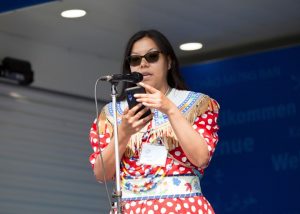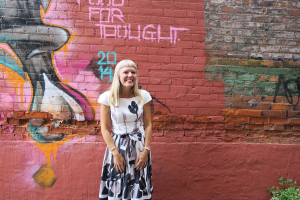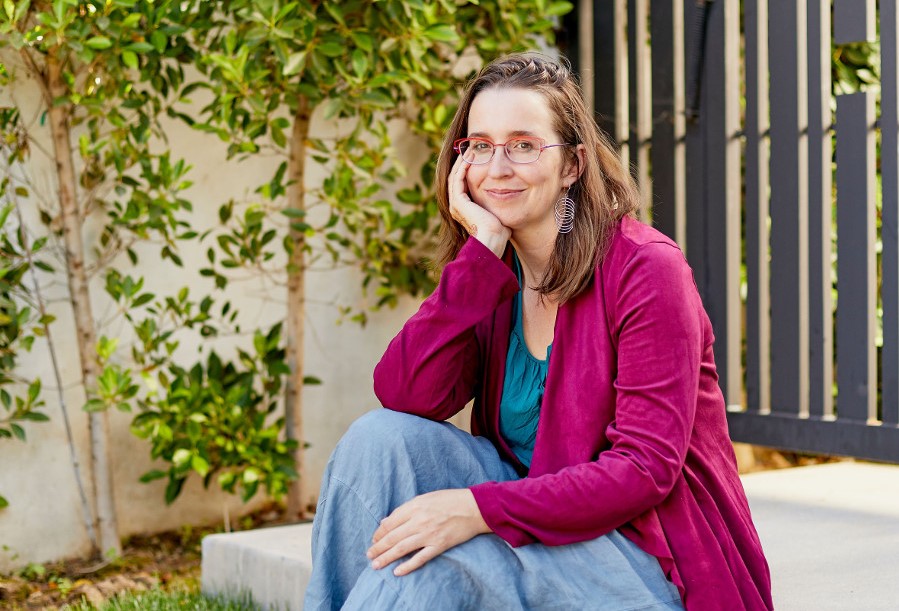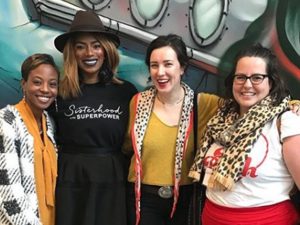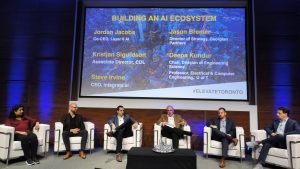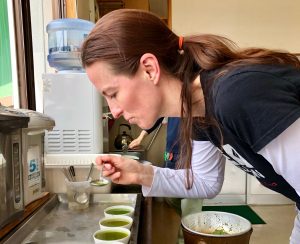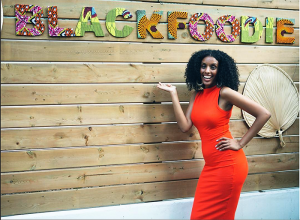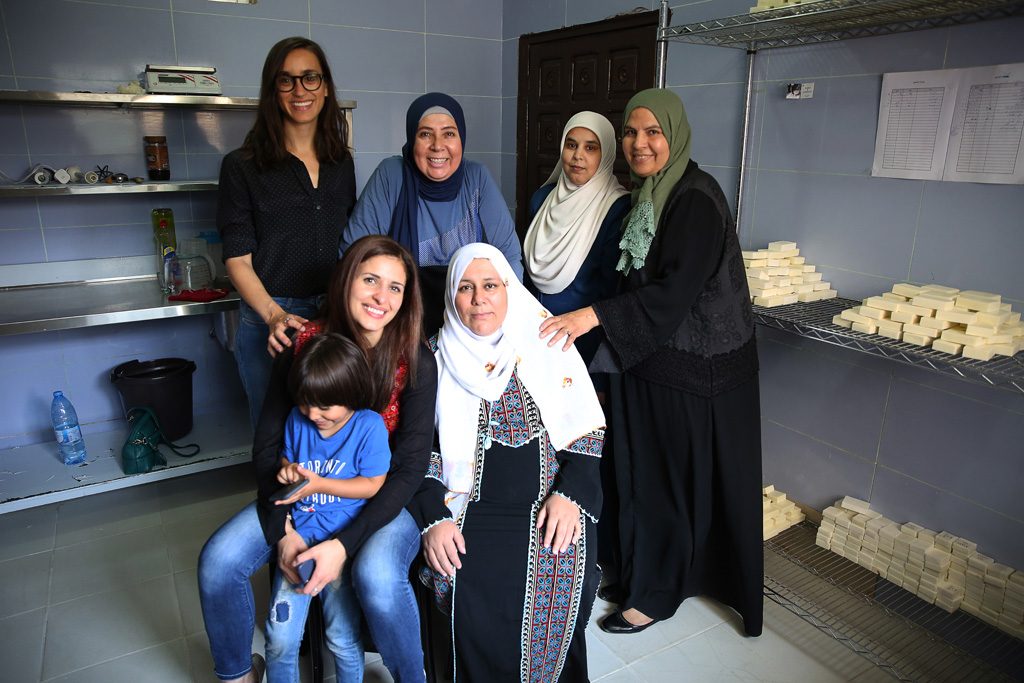
Burned out and done, dietitian Jillian Walsh needed a change. Seeking to create a better life for herself, her family, colleagues and improve client outcomes, Walsh set out on her own, starting up Change Creates Change (CCC), a series of private care clinics specializing in treating eating disorders with a feminist focus.
In addition to coping with heightened emotional, social and financial pressures of her own during the peak of the COVID-19 pandemic, Walsh found the public health care system overwhelmed, leaving people struggling with eating disorders to fend for themselves. The system was also unable to meet her own support needs as a professional, partner, and new parent within that system.
Even before the pandemic, eating disorder care has been a female-dominated health care specialty – in Canada, about 95 percent of dieticians identify as women, and about 80 percent do so in the US –with a chronically high burnout rate. Walsh adds that despite being women-led, the profession offered poor flexibility and low work-life balance, especially for new mothers. The current framework – based on the traditional western medical system, which is rooted in misogyny and patriarchy – simply doesn’t work for many women in the field, herself included. It results in poor mental health, which in turn, negatively impacts the quality and effectiveness of care they can give clients.
“A lot of the staff at CCC can’t work 9-to-5, Monday to Friday. We can’t put in seven hours straight on, using telehealth or in an office, but those were the demands put on us,” says Walsh.
Creating a Feminist Enterprise
For Walsh, building a new, more feminist work environment “was about the flexibility and the autonomy to be able to meet our own professional care needs, versus having to assimilate to the traditional culture of the work environment,” noting that this means some of her staff work in the morning or evening, depending on what works best for them.
“A lot of us work with our kids on our laps – I had my five-month-old baby in a carrier all the time. I’d never be able to do that in the public system, but I was able to do it over here (at CCC) and still do the work I want to do.”
Walsh also strives to build an environment where people communicate regularly and feel safe expressing themselves when maxed out. Several times a year, staff are entitled to ‘think weeks’, which are periods when they don’t necessarily have to come into the office or see patients, but they’re doing other things, like catching up on research papers or working on other aspects of their professional life – something significant in her field, she says, because of the ‘emotional toll’ working with people struggling with an eating disorder can take on a professional caregiver.
“We’re exposed to secondary trauma each and every day, and sometimes we become traumatized ourselves,” says Walsh, noting that awareness of this and making space and time for it was “Something that was really lacking in our past positions and experiences.”
Eating disorders constitute a broad category of diagnosable illnesses, which often require treatment for both physical and mental health. CCC predominantly works with kids and youth up to around 25, says Walsh. This puts most of her company’s clients squarely in the Gen Z demographic – an age range which is the queerest in recent history, with about 20 per cent identifying as members of the LGTBQ+ community and around 15% of those identifying as ‘queer or transgender.’ This is important as queer people – particularly trans and non-binary folks–are at a higher risk of disordered eating and experience it at higher rates than the general population.
At present, none of the staff at CCC openly identified through the website as anything other than cis, and all are women. A lack of access to trans-informed, gender-affirming care is a recognized barrier to healthcare for gender non-conforming folk.
Likewise, the overwhelming majority of CCC’s staff is white. This is, again, notable, particularly in an industry which has come under criticism for practices which exclude, ignore or vilify non-white body types, diets and experiences. As a result of these ingrained biases, dietetics as a profession hasn’t been traditionally friendly to non-conforming bodies, sexualities or non-white people, and studies show a lack of diversity is a problem among Canadian dieticians in particular.
Walsh is aware these are problems but notes they aren’t specific to her company; the entire industry struggles with this and its history of practice. “The industry has historically also been ‘shitty’ because what it was traditionally trained its clinicians to do was “to tell people to lose weight”
To combat this inherited bias, Walsh says her company is offering intern positions to folks from ‘non-dominant systemic identities,’ even if they don’t have the traditional academic training or if they choose not to stay on and work with the company in the future.
“We want to train these folks because we want to hire them, but (at the moment) we have nobody to hire (in these demographics) because either they don’t feel safe to apply or they haven’t had the opportunities within dietetics yet,” says Walsh. “There’s been a big movement in the past five years… calling out white women in dietetics for taking up too much space– and we are taking up too much space.”
“We don’t need more white women as interns. We need to do our part in diversifying dietetics.”
Eating Disorders Are Rising
The pandemic has fueled a documented rise in eating disorder diagnoses and relapses. Walsh thinks part of this is that parents have been home with their kids more and therefore more able to notice – and be alarmed by – unhealthy behaviours.
“Before COVID-19, the wait times for eating disorder care within the public system was anywhere from three months to 12 months–and when we talk about the nature of an eating disorder, time is of the essence, because the longer it goes untreated, the harder it is to treat, the more difficult it is to overcome and actually the more damage it does to the body. Unfortunately with COVID-19, a lot of the public eating disorder programs got shut down and their staff were redeployed to vaccine clinics, to be the people at the door checking temperatures and stuff, so the virus) created a significant backlog where wait times were either doubled, tripled, quadrupled or just closed altogether,” says Walsh.
“Parents were in a lot of distress because they were noticing that their kids were extremely sick. They were going to the doctor and the doctor was like “Yep, this looks like an eating disorder – go over to the public system.” And the public system is like “Yep, absolutely. We’ll see you in 12 to 24 months.’”
As a result, the need for care for eating disorders has ballooned, putting even more stress on an already strained arm of the healthcare system, and creating more demand for private care clinics like CCC–care which costs around $150 an hour.
From a feminist perspective, a private care clinic model poses a problem. Can a health care business that provides essential, potentially life-saving medical services only to those who can afford to pay for it, either out of pocket or by insurance – the demographic which, by Walsh’s admission, makes up the majority of CCC’s clients – really be said to be feminist?
Walsh admits that, yes, the private health care model does pose a problem from this angle – one she hopes to address in the future.
“We’re only in month 18 of operations. We’re only now being able to find our feet underneath us to start to put more time and energy into the equity pricing models so that we can actually offer services to everyone, not just folks that are privileged.”
That might include something like a sliding scale or pay-what-you-can model, says Walsh, or a fund where wealthier patients can donate cash to help pay for clients who can’t afford it. She notes that the company isn’t tied to the ‘for profit model’ and moving to a not-for-profit model is something she might consider in the future.
“We’re very new and just trying to see what governance model we need to fall under to be as sustainable as possible. “We’re trying to flip that model because the goal is not actually to develop a profit – it’s just to create sustainable employment for women in eating disorder care.”
Publishers Note: Change Creates Change participated in the Fifth Wave Initiative, a year-round program offered by CFC Media Lab and its partners to support the growth and development of women entrepreneurs in the digital media sector in southern Ontario. All enterprise founders in the Fifth Wave community are selected for both their potential and commitment toward weaving intersectional feminist ideals of equity and fairness into sustainable and scalable business growth strategies. Fifth Wave Initiative is committed to minimum of 50% participation per cohort by members of underrepresented groups. The Fifth Wave is a LiisBeth ally sponsor at the Lighthouse level. Applications for Cohort 5 are open August 25. Apply here
Related Reading

The Feminist Recovery Strategy
A new study shows how feminist business practices can help companies recover from the pandemic – and thrive in the future

What’s Feminist About the Female Empowerment Brand?
How Female Lifestyle Empowerment Brands teach us that the prerequisite for success is white beauty.

A Conversation with "WE WERE FEMINISTS ONCE" author Andi Zeisler
“I have seen feminism become much deeper, much more intersectional, much more enmeshed in people’s everyday lives and that’s the kind of feminism we need going forward.”







